#chromosomes
Text

Found this absolute banger I sent in response to a DM who tried to pull the chromosomes argument to invalidate trans people
2K notes
·
View notes
Photo





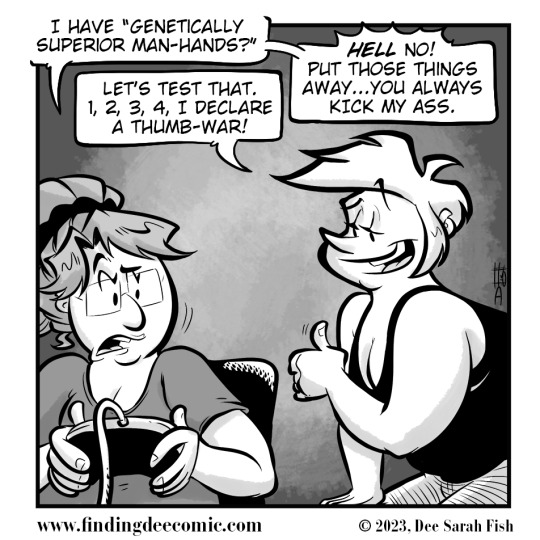
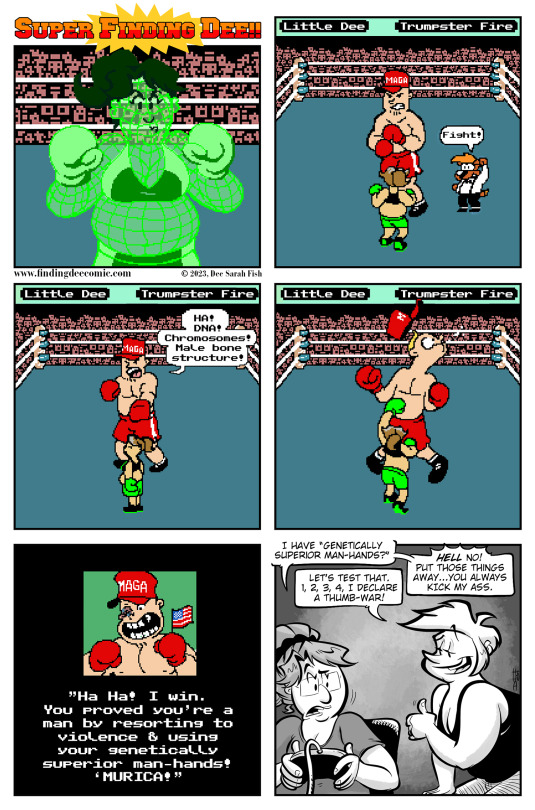
Soooo, I generally DON'T get political or divisive in the strip... buuuuttt... it's PRIDE and, like with last week’s strip, I am kinda burnt out with seeing the same asinine arguments online over and over. Why do I have to defend my legal right to exist with people who learned biology from "Kindergarten Cop"?
#transgender#trans#lgbtq#lgbtqia#transgirl#biology#chromosomes#dna#male bone structure#terf#terfs#maga#trumpster#trumpster fire#murica#thumb#thumbwar#punchout#punch out#super punch out#80s#80s video games#videogames#vintage#retro#nes#nintendo#nintendo entertainment system
158 notes
·
View notes
Text
I want to talk about 22q11.2 deletion syndrome, because I have it and it's something I've genuinely never seen spoken about!
22q11.2 deletion syndrome is a condition where a person is missing a part of chromosome 22. Some common things caused by it include heart defects, immune system issues, developmental delays, learning disabilities, and psychiatric conditions.
Anxiety disorders, ADHD, autism, and mood disorders are commonly found in people with 22q11.2 deletion syndrome.
Not a big post because I didnt have too much to say about it, but it is something I wanted to talk about.
#22q11.2 deletion syndrome#chromosome deletion#nonspeaking autistic#actually autistic#neurodivergent#aac user#nonspeaking#autism#aac device#aac users#disabled#disability#chromosomes
115 notes
·
View notes
Text

Rémi Boinot / Journalier / 12decembre2022/
/14,8 x 21 cm/
/encre et posca sur papier / ink and posca marker pen on paper/ /excerpt from a daily drawingbook/
12 notes
·
View notes
Text

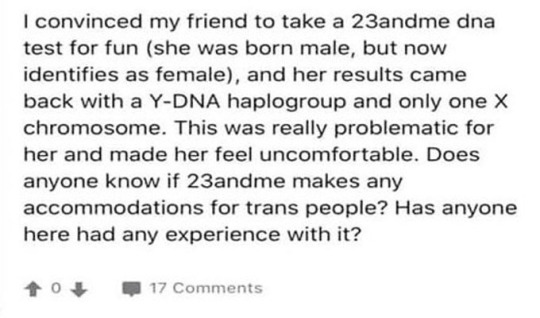
So... now sex and gender are the same?
🤔
This person is literally asking for 23andme to lie for someone's comfort. In which case, why do 23andme at all? Just declare yourself the descendant - hell, the reincarnation - of Cleopatra or Ceasar or Joan of Ark or Alexandar the Great and be done with it.
🤦♂️🤦♀️
Reality has an anti-woke bias.
7 notes
·
View notes
Text

Drug Action Detail
Commonly used anti-cancer drugs (eg Taxol) target microtubules – structures inside a cell essential for them to divide. This study shows such drugs cause defective formation of mitotic spindles – microtubule structures that segregate the chromosomes during cell division – and provides insight into how resistance to these drugs develops and how to counteract it
Read the published research paper here
Image from work by Amber S. Zhou and colleagues
Department of Cell and Regenerative Biology, University of Wisconsin, Madison, WI, USA
Image originally published with a Creative Commons Attribution 4.0 International (CC BY 4.0)
Published in PLOS Biology, October 2023
You can also follow BPoD on Instagram, Twitter and Facebook
#science#biomedicine#immunofluorescence#cancer#taxol#cell division#chromosomes#oncology#anti cancer drugs#microtubules#chemotherapy
7 notes
·
View notes
Text
There is, of course , a lot of extreme terfy rhetoric about babies starting in the womb as females and then needing just one gene to become male.
This is almost the truth- but as usual, it is far more complex than internet discourse would have you believe.
Really, the "female" a fetus starts as is an under developed primordial female, and if it was possible to raise a living baby out from this state- they wouldn't menstruate, carry children or grow breasts. Some of them would be xy females still- the ingredients would be there, but never activated.
And so I relate more to this primordial ingenue than any developed, complete, bleeding and hairy "womyn-born-womyness".
I feel I am like one of those tadpoles that gets huge, fat, youthful and bloated- and never becomes a frog.
#intersex#actuallyintersex#rare disease#rare disorder#chromosomes#anti terf#genderqueer#tadpole#froggy#don't touch my post if you hate trans people#gnc#nonbinary
8 notes
·
View notes
Text
This species has unique sets of microchromosomes. The genome alters itself when microchromosomes are lost when a creature ages and develops but the microchromosomes only remain in the reproductive organs.
This evolved in vertebrates being able to clone their genome in reproduction and to turn off certain genes in cells.
This creature is the origin of the complex brain, sensory organs the jaw, the limbs, and a greater number of switches that turn genes on/off.
This paper is on Hagfish phylogenomics and gene family evolution being the origin of WGD or a sister group of vertebrates to the first to have multiple sets of chromosomes.
Whole-genome duplication (WGD) evolved in vertebrates during the late Cambrian and early Ordovician periods.
We calculated the likelihood of gene duplication and loss patterns under the competing R1 and R2 hypotheses.
#biology#chromosomes#vertebrates#evolution#hagfish#genome#evolutionary ancestor#ordovician#science party#scientific research
4 notes
·
View notes
Text
Klinefelter syndrome was only diagnosed for the first time in 1942 but now a Portuguese skeleton from the 11th-century AD has been found with the same genetic signature.
#Klinefelter syndrome#disease#Portugal#genetics#chromosomes#testes#skeleton#history#ancient#ancient origins#archaeology news#archaeology
84 notes
·
View notes
Text
For decades, the Y chromosome—one of the two human sex chromosomes—has been notoriously challenging for the genomics community to sequence due to the complexity of its structure.
Now, this elusive area of the genome has been fully sequenced, a feat that finally completes the set of end-to-end human chromosomes and adds 30 million new bases to the human genome reference, mostly from challenging-to-sequence satellite DNA. These bases reveal 41 additional protein-coding genes, and provide crucial insight for those studying important questions related to reproduction, evolution, and population change.
Continue Reading.
119 notes
·
View notes
Text
Amount of DNA Ex 2
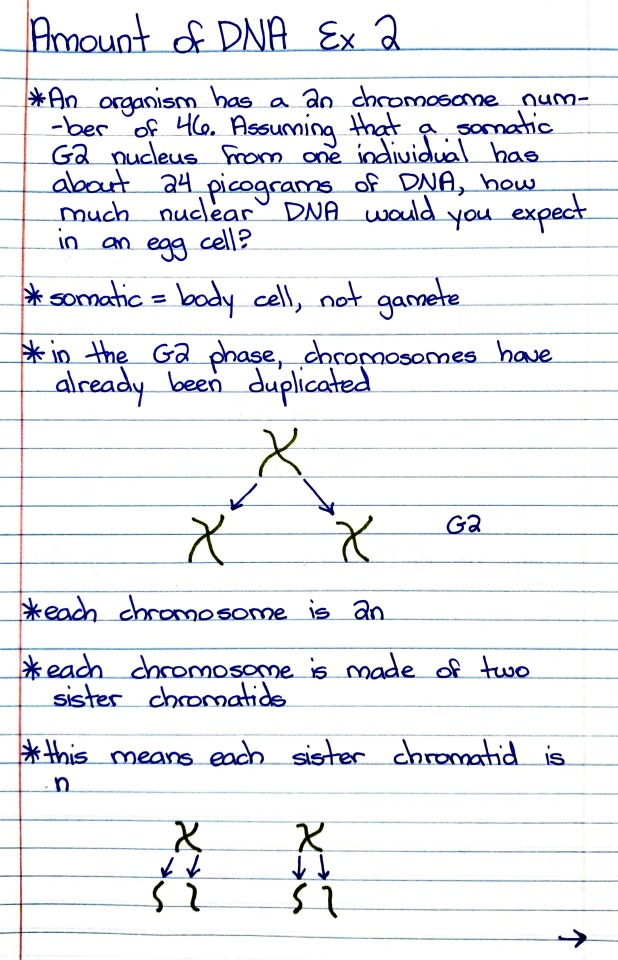

Patreon
#studyblr#notes#genetics#medblr#medical notes#med notes#genetics notes#biology#bio#bio notes#biology notes#mcat#mcat biology#mcat genetics#mcat bio#mcat studyblr#genetic material#chromatids#chromosomes#dna
2 notes
·
View notes
Text

Everything is temporary, everything will slide
17 notes
·
View notes
Text


83 notes
·
View notes
Text
Transgendered Orang-utans occasionally occur as well: individuals have been found who are physically male yet have a female (XX) chromosome pattern.
"Biological Exuberance: Animal Homosexuality and Natural Diversity" - Bruce Bagemihl
#book quote#biological exuberance#bruce bagemihl#nonfiction#transgender#orangutan#pongo pygmaeus#intersex#chromosomes
8 notes
·
View notes
Photo
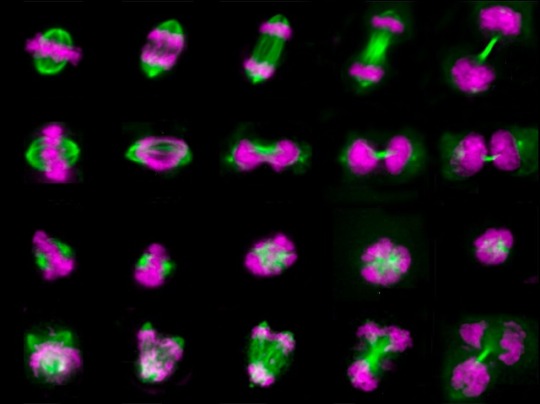
Dwindled Spindles
When our cells are cleaved in two during mitosis, spindles are tiny systems of ‘fibres’ that pull the DNA inside apart. Each daughter cell must be identical, but they also have to fit into the plan for the overall tissue. In these human cells, researchers find a protein in the cell membrane called annexin A1 that juggles these priorities – coordinating the spindles on the inside with chemical cues from neighbouring cells, allowing the DNA (purple) to split to opposite sides of the cell in the top row. The direction or polarity of dividing cells is especially important in the patterning of developing tissues. Losing annexin A1 (lower rows) leaves mitosis struggling, with many of the spindles malformed – in many cases mitosis fails to complete. Investigating other proteins that work towards the 'big picture' may help researchers to understand and guide cell division in health and disease.
Written by John Ankers
Image from work by Maria Fankhaenel and colleagues
School of Biological Sciences, University of Southampton, Southampton, UK
Image originally published with a Creative Commons Attribution 4.0 International (CC BY 4.0)
Published in Nature Communications, January 2023
You can also follow BPoD on Instagram, Twitter and Facebook
#science#biomedicine#cell division#mitosis#annexin#immunofluorescence#spindle apparatus#kinetochores#chromosomes#cell biology
19 notes
·
View notes
